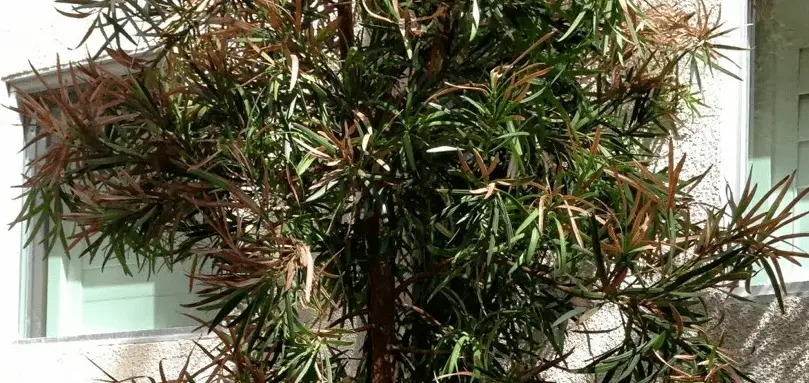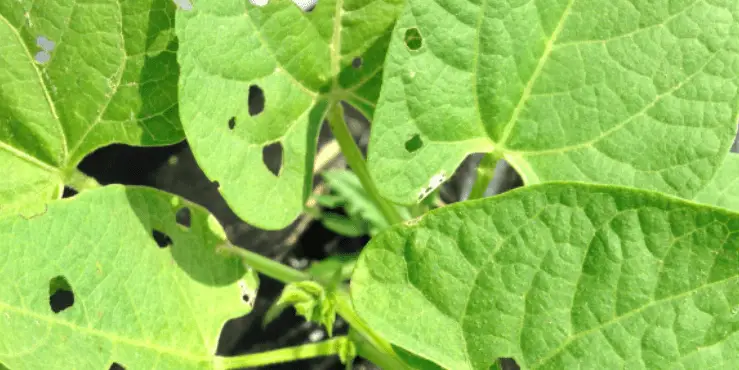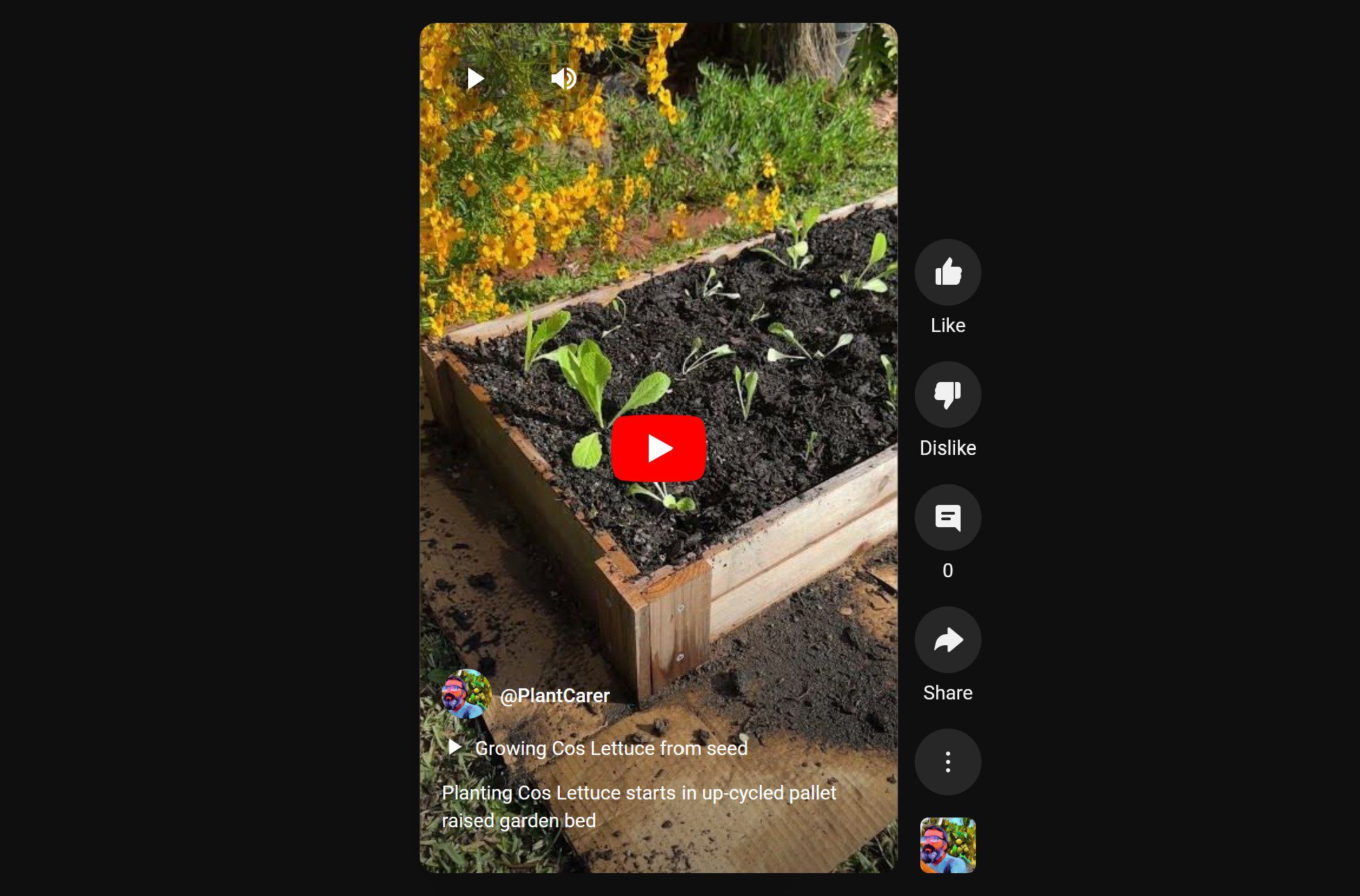It’s been a tough winter for gardeners in many parts of the country. One question that has been on everyone’s mind is whether or not tomato plants can recover from frost damage.
In this blog post, we will explore the factors that play into whether or not tomato plants can recover from frost damage, and offer some tips on how to help them along if you find yourself in this situation.
Can Tomato Plants Recover from Frost Damage?
Yes, it’s possible for tomato plants to recover from frost damage, but it depends on a number of factors. The severity of the frost damage, the age and health of the plant, and the temperature of the soil all play a role in whether or not a tomato plant will be able to recover.
This means it’s important to act quickly if you think your tomato plants have been damaged by frost. Check for signs of frost damage such as wilted leaves, blackened stems, and brown spots on the fruit.
The best way to deal with tomato plant frost damage is to stop it from ever happening in the first place. We will discuss some tips on how to do this later in the blog post.
For now, let’s focus on what you can do if your tomato plants have already been damaged by the frost…
How to Save Tomato Plants from Frost Damage?
Pruning the damaged leaves, and then moving the plants to a warm location is the best way to save tomato plants from frost damage. If you can’t move the plants, then covering them with a tarp or burlap sack will help to protect them from further damage.
1) Prune
Removing the damaged leaves will help the plant to focus its energy on the healthy parts of the plant. Simply take a pair of sharp scissors and cut away the damaged leaves, being careful not to damage the healthy leaves or stems.
Make sure all equipment is clean and sterilized before use to avoid spreading disease among plants. Rubbing alcohol or a bleach solution can be used to sterilize equipment.
2) Move
Next, you’ll want to move the plants to a warmer location. If possible, bring them indoors or into a greenhouse. If this isn’t possible, then placing them in a sunny spot outdoors will help.
Just make sure that the temperature doesn’t drop below freezing at night, as this can further damage the plants. A south-facing window is a good spot to place them if you’re bringing them indoors.
3) Cover
If you can’t move the plants, then covering them with a tarp or burlap sack will help to protect them from further damage. Make sure the cover is secure so that it doesn’t blow away in the wind.
You can also use blankets, towels, or newspapers to cover the plants. Just make sure that the material you’re using is breathable so that the plant doesn’t suffocate.
How Cold Can Tomato Plants Tolerate?
According to the US Department of Agriculture Research Service, tomato plants can tolerate temperatures between 33 degrees F and 75 degrees F.
While 33 Degrees F is the coldest temperature tomato plants can tolerate, I recommend keeping them above 50 degrees F if possible.
If the temperature drops below 33 degrees F, then the plants will start to experience frost damage. This is why it’s so important to take steps to protect your plants if you know a cold snap is coming.
How to Protect Tomato Plants from Frost?
The best way to protect tomato plants from frost is to take preventive measures. Some things you can do to protect your plants include:
1) Using covers
you can use row covers, tarps, or burlap sacks to protect your plants from the cold. This will help to trap the heat and protect the plants from the frost and cold winds.
Mini Hoop House Kits are perfect for covering a row of tomato seedlings. I use the Tierra Fleece Tunnel for my tomato plants, and it does a great job of protecting them from the cold.
It has steel hoops that support a fleece cover, and it’s easy to set up and take down. Drawstring closures help to trap the heat inside, while the adjustable length makes it easy to cover multiple plants.
2) Garden cloches
This is a plastic dome that is placed over a plant to protect it from the cold. Cloches work well for protecting individual plants, and they can be placed over the plant after it has been transplanted into the garden. Make sure to remove the cloche during the day so that the plant doesn’t get too hot, as this can damage the leaves.
The SYITCUN Plant Covers are great and they come in packs of six. They are made from eco-friendly greenhouse plastic, which is both UV resistant & weather resistant. It’s like having mini-greenhouses in your backyard!
3) Shelterbelt
A shelterbelt is a row of trees or shrubs that are planted in an area to protect it from the wind. This is a great option if you have a large garden, as it will help to protect all of your plants from the cold winds.
There are many different types of trees and shrubs that can be used for a shelterbelt. Some popular options include:
- Spruce
- Fir
- Pine
- Juniper
- Hemlock
4) Wall O Water
This is a product that consists of plastic tubes that are filled with water. They are placed around the plant, and the water helps to trap the heat and protect the plant from the frost. The Wall O Water is easy to set up, and it’s a great option for protecting individual plants.
The Wall O Water is available in packs of three, six, or twelve. These are the ones I’ve used in the past. They helped insulate plants to -3°C here in the UK.
5) Water before the evening
Watering your plants in the evening helps to protect them from the frost. The water will help to trap the heat, and it will also provide a layer of insulation. Just make sure that you don’t water the plants too late, as this can encourage fungal growth.
I recommend doing it a few hours before sunset. This seems to strike a perfect balance between providing enough water and not encouraging fungal growth.
6) Apply mulch
Use a layer of mulch around the base of your plants to help protect them from the cold. Mulch is any material that is used to cover the soil, and it helps to insulate the ground and prevent heat loss.
Mulch can be made from organic materials like straw, leaves, or bark. I recommend applying roughly six inches of mulch around the base of your plants. This will help to insulate the roots and protect them from the cold.
7) Christmas Lights
This may seem like an odd one, but Christmas lights can actually help to protect your plants from the frost. The lights will emit heat, which will help to keep the plants warm.
Simply wrap the lights around the base of the plant, and make sure that they are turned on before the sun goes down. This will help to keep the plants warm throughout the night.
Now, these lights won’t work miracles, but they can help to raise the temperature around the plants by a few degrees.
Conclusion
In conclusion, it’s possible for tomato plants to recover from frost damage. However, the most important thing is to take steps to prevent the damage from happening in the first place.
There are many different ways that you can protect your plants from frost. I’ve listed some of the most popular methods above. Simply choose the one that’s best for you, and your plants will be safe from harm.
I hope this article was helpful. If you have any questions, please feel free to leave a comment below. I’ll be happy to help. until next time, happy gardening!
Tim is an avid gardener from the UK. He was the founder of PlantCarer.com from 2021 to Sep 2023. He sold PlantCarer.com to Aaron. He has since started his own business called Seed To Supper, which provides new gardeners all the materials you need in a box (pots, seeds, compost and instructions) to grow your own delicious and nutritious vegetables and herbs from start to finish – no garden required.









0 Comments